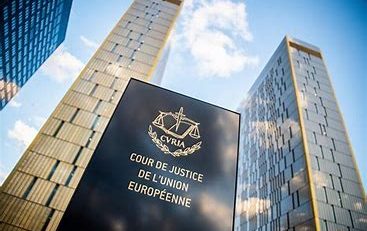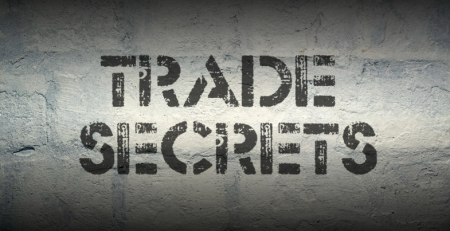Methods of Winding – Up a Cyprus company
Introduction
A company is a legal person; it has separate legal personality distinct from its board and members meaning that it can continue perpetually for succession purposes.
Often, the question arises how a company can be ‘killed off’. In common law jurisdictions, there are two main methods: strike – off and different types of liquidation procedures.
The Cyprus Companies Law, Cap. 113 (the “Law”) as amended from time to time, provides for the procedure of each of these methods. Below is a brief outline of each methods.
Brief outline of each method
(1) Strike – off:
By this method, it is simply declared by the company that it has ceased carrying on its operations and business.
To proceed with this method, the company must first:
- Close all its bank accounts;
- Have a clean balance sheet (i.e. no liabilities, receivables or other obligations)
- Have up to date audited financial statements;
- Have complied with all its statutory tax obligations.
Procedure:
- Director/s pass a resolution to the effect that the company has no business activities.
- Resolution is filed with the Cypriot Registrar of Companies.
- Registrar of Companies publishes the strike off from the company from the Registry after the lapse of a three-month statutory period.
- It is important to note that with this method, the company does not ‘die’. The company is merely stricken off the Registry by having its name removed.
Any creditor or interested party may apply to have the company reinstated within a period of twenty years by applying to the court in the district where the company’s registered office is situated, thus reinstatement under this method is by court order.
A recent amendment to the Law made in January 2019, reduced this twenty-year period to two years but this has yet to be put into effect.
This method usually takes approximately six months to complete.
(2) Voluntary Liquidation by Members:
There are two types of liquidation that are most frequently used in Cyprus: voluntary and involuntary.
Put simply, a members’ voluntary liquidation (“MVL”) is where the company’s members decide to close the company, either because it is no longer needed by the members or it has served the purposes for which it was established.
A prerequisite for this method is that the company must be solvent. Solvency means that the company must be able to pay all its creditors and have no liabilities. Best practice would be for the company’s assets to exceed its liabilities.
Procedure:
- Resolution by shareholders after directors’ resolution to propose liquidation taken at an extraordinary general meeting;
- Audited financial statements up to date of appointment of liquidator. Assets should preferably exceed liabilities;
- Sworn declaration of solvency in form of an affidavit by directors;
- Publication of appointment of liquidator in the government gazette and two local newspapers;
- Obtainment of tax clearance certificate from the Department of Taxation;
- Once the above have been done, then a one month notice calling the final meeting of the company is published in the government gazette, giving any potential creditor or other interest party the opportunity to object;
- On the lapse of this one-month notice, the liquidator presents its dealings and statement of account as to how the liquidation was conducted and thereafter
final minutes and liquidator’s statement of account is filed with the Registrar of Companies and
- Company is deemed dissolved after the lapse of a three-month statutory period.
Any creditor or interested party may apply to have the company reinstated within a period of two years by applying to the court in the district where the company’s registered office is situated, thus reinstatement under this method is by court order.
This method usually takes 12– 18 months to complete, depending on the company’s circumstances and obtainment of tax clearance.
(3) Voluntary Liquidation by Creditors:
In the instance where a company is in a status of insolvency, i.e. its liabilities exceed its assets, it is only possible to proceed with the company’s voluntary liquidation by its creditors, in which case both the members and the creditors hold a meeting for the purpose of deciding upon the appointment of one or more liquidators. If the creditors deem it necessary and appropriate, an inspection committee can also be appointed to oversee the process.
In the course of the liquidation, the liquidator(s) arrange for the liquidation of the company’s affairs, following which the liquidator(s) send notices convening the final meeting. Upon completion, , the liquidator(s) then arrange for the submission of the Final Liquidation Account, that thereafter leads to the company’s dissolution.
Any creditor, contributor or other interested party may, by way of court application, request that the procedure is supervised by the court.
(4) Compulsory Liquidation (by order of the Court)
In contrast to the above two voluntary procedures, which are ‘internally’ initiated, a compulsory liquidation is ordered by the court by virtue of a court order issued in the course of an application filed to that end by either the company, a creditor, a contributor or any other interested party, where the company has, by special resolution, resolved that it is wound up by the court, in case of there being any default in pursuing any of its statutory liabilities and/or commitments or in case the company is unable to pay its debts. In such a case, the company is dissolved following the liquidation, in full, of its affairs.








Leave a Reply